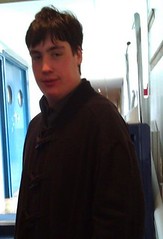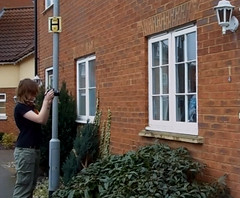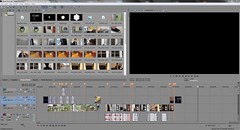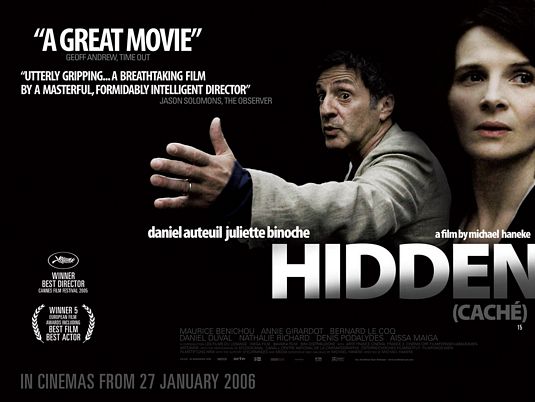Task 2
Task 2
View more documents from AdderSnake
Task 3
<div style="width:477px" id="__ss_12579380"> <strong style="display:block;margin:12px 0 4px"><a href="http://www.slideshare.net/AdderSnake/task-3-12579380" title="Task 3" target="_blank">Task 3</a></strong> <iframe src="http://www.slideshare.net/slideshow/embed_code/12579380" width="477" height="510" frameborder="0" marginwidth="0" marginheight="0" scrolling="no"></iframe> <div style="padding:5px 0 12px"> View more <a href="http://www.slideshare.net/" target="_blank">documents</a> from <a href="http://www.slideshare.net/AdderSnake" target="_blank">AdderSnake</a> </div> </div>
Task 4
<div style="width:477px" id="__ss_12579381"> <strong style="display:block;margin:12px 0 4px"><a href="http://www.slideshare.net/AdderSnake/task-4-12579381" title="Task 4" target="_blank">Task 4</a></strong> <iframe src="http://www.slideshare.net/slideshow/embed_code/12579381" width="477" height="510" frameborder="0" marginwidth="0" marginheight="0" scrolling="no"></iframe> <div style="padding:5px 0 12px"> View more <a href="http://www.slideshare.net/" target="_blank">documents</a> from <a href="http://www.slideshare.net/AdderSnake" target="_blank">AdderSnake</a> </div> </div>
Task 3
<div style="width:477px" id="__ss_12579380"> <strong style="display:block;margin:12px 0 4px"><a href="http://www.slideshare.net/AdderSnake/task-3-12579380" title="Task 3" target="_blank">Task 3</a></strong> <iframe src="http://www.slideshare.net/slideshow/embed_code/12579380" width="477" height="510" frameborder="0" marginwidth="0" marginheight="0" scrolling="no"></iframe> <div style="padding:5px 0 12px"> View more <a href="http://www.slideshare.net/" target="_blank">documents</a> from <a href="http://www.slideshare.net/AdderSnake" target="_blank">AdderSnake</a> </div> </div>
Task 4
<div style="width:477px" id="__ss_12579381"> <strong style="display:block;margin:12px 0 4px"><a href="http://www.slideshare.net/AdderSnake/task-4-12579381" title="Task 4" target="_blank">Task 4</a></strong> <iframe src="http://www.slideshare.net/slideshow/embed_code/12579381" width="477" height="510" frameborder="0" marginwidth="0" marginheight="0" scrolling="no"></iframe> <div style="padding:5px 0 12px"> View more <a href="http://www.slideshare.net/" target="_blank">documents</a> from <a href="http://www.slideshare.net/AdderSnake" target="_blank">AdderSnake</a> </div> </div>
Task 5
Task 6
<div style="width:477px" id="__ss_12579382"> <strong style="display:block;margin:12px 0 4px"><a href="http://www.slideshare.net/AdderSnake/task-6-12579382" title="Task 6" target="_blank">Task 6</a></strong> <iframe src="http://www.slideshare.net/slideshow/embed_code/12579382" width="477" height="510" frameborder="0" marginwidth="0" marginheight="0" scrolling="no"></iframe> <div style="padding:5px 0 12px"> View more <a href="http://www.slideshare.net/" target="_blank">documents</a> from <a href="http://www.slideshare.net/AdderSnake" target="_blank">AdderSnake</a> </div> </div>
Task 7
<div style="width:425px" id="__ss_12579383"> <strong style="display:block;margin:12px 0 4px"><a href="http://www.slideshare.net/AdderSnake/task-7-12579383" title="Task 7" target="_blank">Task 7</a></strong> <iframe src="http://www.slideshare.net/slideshow/embed_code/12579383" width="425" height="355" frameborder="0" marginwidth="0" marginheight="0" scrolling="no"></iframe> <div style="padding:5px 0 12px"> View more <a href="http://www.slideshare.net/thecroaker/death-by-powerpoint" target="_blank">PowerPoint</a> from <a href="http://www.slideshare.net/AdderSnake" target="_blank">AdderSnake</a> </div> </div>
































